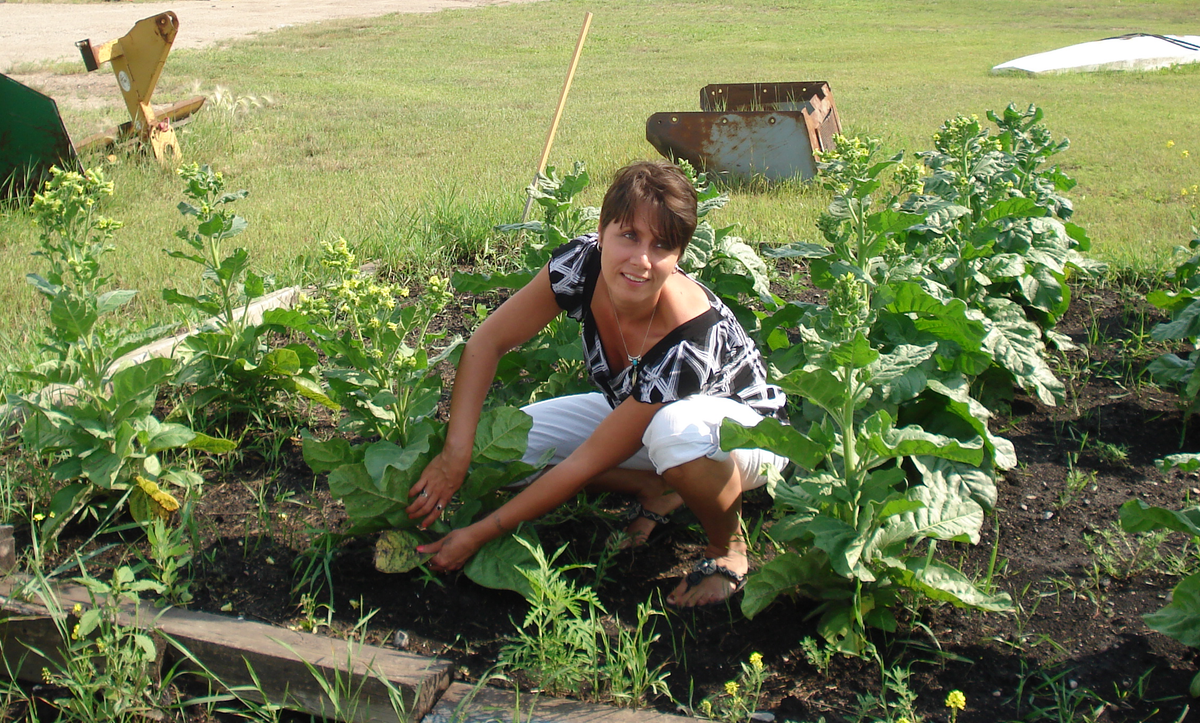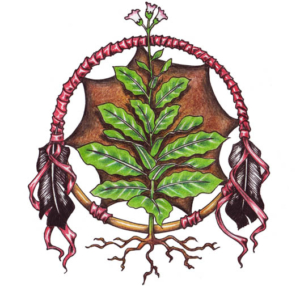Table of Contents
White sage and cedar. A knotted package of sweetgrass. An abalone covering. An eagle plume. People of many Native American tribes utilize these and other natural items as part of their prayer and healing methods. Sage, sweetgrass or cigarette is melted in the covering, with the plume utilized to lead the aromatic smoke around an individual.

The Art Owen space is an elaborate room that formerly was called the Diocesan's Shop - the power of indigenous tobacco practices. Wood-paneled, with a coffered ceiling, light fixture and fireplace, the area looks out on the front grass of the historical Francis Structure. It is a quiet space not far from Saint Marys' individual rooms and surgical suites
The materials represent the four aspects of nature earth, water, wind and fire that are main to Indigenous American culture and spirituality. "Component of our society is we do not desire individuals to be alone, specifically in hard times," states Guimaraes, that was a registered nurse for 20 years. "A patient might want their room smeared, including their clothing and IV tree.
The Greatest Guide To Engaging Indigenous Peoples In Research On Commercial ...
"Understanding regarding smudging and exactly how to far better serve the spiritual needs of Indigenous Americans I come across is unbelievably important for my future ministry," says Marit Johnson, that is pursuing consecration as a Lutheran priest. "It will be crucial to continue enlightening myself about local people and their spiritual techniques." Since her training with Guimaraes, Johnson joined a smudging with an Ojibwe older and his partner in the Spiritual Care office.
"They happily permitted a personnel chaplain and me to be existing during the smudging and discussed various aspects of their smearing custom, their prayers and their tracks. Both the client and her partner smeared me. The elder made use of the eagle plume to honor my eyes to help me to see much better, my ears to aid me to hear others' prayers extra plainly, my mouth to assist me talk clearly, and my hands to aid my job.

"Clients felt stronger, appreciated and extra confident after the smearing ceremony," claims Soroka. The people spoke with typically were open to a non-Native individual promoting the event, and they reported that smearing assisted them to regard the health center as a safe area and "like home (the power of indigenous tobacco practices)." Bundle of knotted sweetgrass made use of in smudging events
Unknown Facts About Indigenous Tobacco Knowledge In Early Modern European ...
The findings additionally will be reviewed at the RISE for Equity meeting, Aug. 10-13 in Minneapolis, funded by Mayo Center School of Constant Expert Advancement. "The smearing event is of extensive value to numerous hospitalized Native American clients," states Soroka. "It contributes to person health, healing and contentment. Our searchings for suggest that healthcare systems should be delicate to the needs of Native populaces and become educated regarding smudging and just how to give it.".

Indigenous peoples practice varied spiritual traditions in Ontario, mirroring the diversity of Aboriginal peoples in Ontario and Canada (the power of indigenous tobacco practices). United Nations Affirmation on the Rights of Aboriginal Peoples This policy makes use of "Indigenous" as a comprehensive term to include all Native peoples and identifications, including condition, non-status, Indian, Indigenous, Indigenous, Very First Nation, Mtis and Inuit.
It was generally made use of by the Inuit primarily as a survival device for staying cozy in the home, drying out garments and cooking. It is currently often made use of as a routine mentor tool and as part of opening and closing ceremonies at celebrations, where it has actually come to be a sacred icon of Inuit identity and conventional culture.
Table of Contents
Latest Posts
An Unbiased View of Crestview Cheap Smokes
The 2-Minute Rule for Can You Buy Cigarettes Online And Have Them Shipped To ...
Some Known Questions About Menthol Cigarettes In Black Neighborhoods: Still Cheaper ....
Navigation
Latest Posts
An Unbiased View of Crestview Cheap Smokes
The 2-Minute Rule for Can You Buy Cigarettes Online And Have Them Shipped To ...
Some Known Questions About Menthol Cigarettes In Black Neighborhoods: Still Cheaper ....